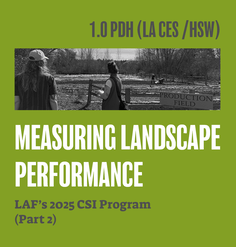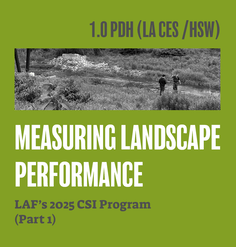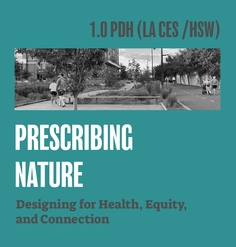Caño Martin Peña Restoration Project
Watch the recording from our March 20 webinar with Wes Michaels of Spackman Mossop Michaels. The webinar is part of LAF’s new quarterly webinar series geared especially toward emerging professionals. Stay tuned for announcements of future webinars.
Recording from live webinar on 3/20/18
Caño Martin Peña Restoration Project
Webinar with Wes Michaels of Spackman Mossop Michaels
Recorded March 20, 2018
Across the globe, climate change promises to have the greatest impact on the most vulnerable communities. Many economically disadvantaged communities are in low-lying areas, and often settled informally without basic infrastructure or flood protection.
In Puerto Rico—even before Hurricane María—the communities along the eastern half of the Caño Martín Peña, a tidal channel within the San Juan Bay Estuary, faced public health and safety challenges. Buena Vista Santurce is a community that was settled informally in the mangrove wetlands there in the early 1900s. The neighborhood lacks critical infrastructure—sanitary sewer systems, storm drainage systems, flood protection, access to public open spaces, among others. Repetitive flooding, typically by contaminated water, has had serious health impacts on the residents, especially the children. Hurricanes Irma and María exacerbated these conditions.
In 2016, as part of the larger Comprehensive Development Plan for the Caño Martin Peña led by ENLACE, Spackman Mossop Michaels was awarded funding through the EPA Smart Growth Implementation Assistance Program to work on green infrastructure design options for the community. The collaborative process involved multiple community-based meetings and workshops. The final report proposes a series of interconnected water plazas and green infrastructure to clean the water and reduce flooding, while also creating a framework of civic open spaces to strengthen the social fabric of the community.











